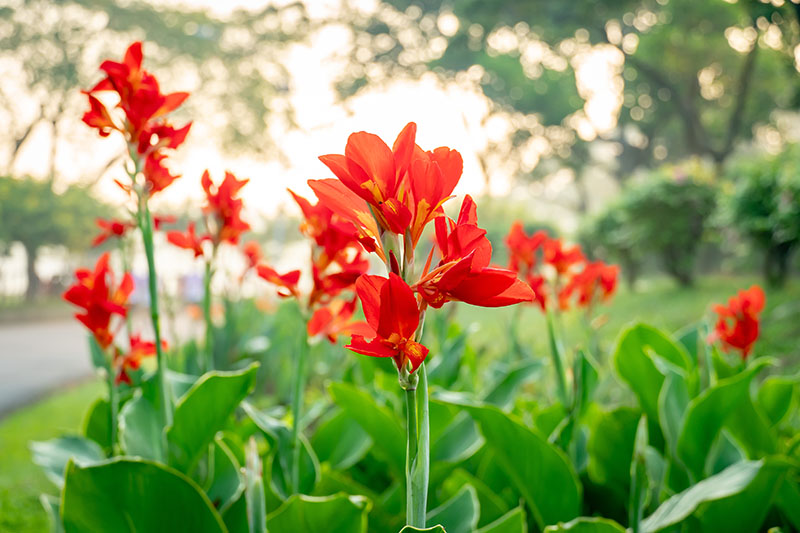
June Gardening: Your Comprehensive Guide from Harris County Master Gardeners
By Karen Shook, Master Gardener
Hurricane season starts June 1. Make sure trees are trimmed, no dead branches are waiting to fall.
Summer in south Texas exists to teach us the true meaning of heat tolerant. With rains in April and May, we are back to historic rainfall. Forecasts show June should be near typical five inches for June. Temperatures are likely to be higher than normal. Even if rainfall provides the extra water plants need in the heat, remember to keep the gardener hydrated and protected from the sun.
As always, be alert for pests. They are getting more active in June. Spider mites really like hot weather! A pest free garden is not possible, but be observant to keep damage to a minimum.
Perennials and Ornamental Grasses
-
If plants are growing vigorously, have a deep green color and plenty of blooms, celebrate. If not, it may be time for another application of fertilizer.
- Cutting back perennials helps promote new growth. Cut back salvias by 1/4 as blooms decline. Prune fall blooming perennials by 1/3.
- Consider adding foliage plants to your garden beds. Elephant ears, for example, love the heat. Ornamental grasses will do well in the heat as long as they have adequate moisture
Bulbs
-
You can plant cannas and iris in June.
- Fertilize actively growing bulbs and provide support for tall growing bulbs.
- Watch for pests. Thrips may find your gladiolus tempting. mSeedpods that may form after a summer bulb blooms are a waste of the plant’s energy. As you walk through your garden, remove the pods and old flower spikes.
Roses
- Continue to spray for blackspot, powdery mildew, aphids, etc., every 7 to 10 days through November. Decreased foliage from blackspot or powdery mildew reduces bloom potential. Keep the beds cleaned of any leaves that yellow and drop.
- Fertilize every 4 to 8 weeks depending on health of the rose.
Shrubs/Trees
-
Complete any needed pruning to spring flowering shrubs, trees, vines.
Lawns
-
Lawns that were fertilized in April may need to be fertilized again.
-
New sod needs water 15 minutes/day for a week (rain counts). Keep it moist.
-
Frequent mowing (to make sure you only remove 1/3 of height each mowing) at proper height for your type of lawn is good way to increase lawn density which helps choke out weeds.
-
Check the label if you are tempted to apply weed killer. Many can damage the lawn if temperatures are high.
Groundcovers and Vines
-
Tough ground covers like Asian jasmine should be okay if planted in June.
Edibles (vegetables, herbs, berries, fruits)
-
See the following link for recommended planting times: Harris County Vegetable Planting Guide
-
You can still plant heat tolerant okra, southern peas, sweet potatoes. Soak the area before planting.
Trees
-
Plant palms in summer’s warm and wet months.
-
I have cypress trees which I love, but the cypress knees are a problem. You can use a saw to remove cypress knees just below soil surface without hurting the tree.
Source: Harris County Master Gardeners Urban Dirt Newsletter (June 2023 Edition)
About Urban Dirt
Each month, Harris County Master Gardeners publishes an informative, resourceful newsletter entitled "Urban Dirt". This article was derived from the June 2023 edition. To read the June 2023 edition of this newsletter, click the button below.









